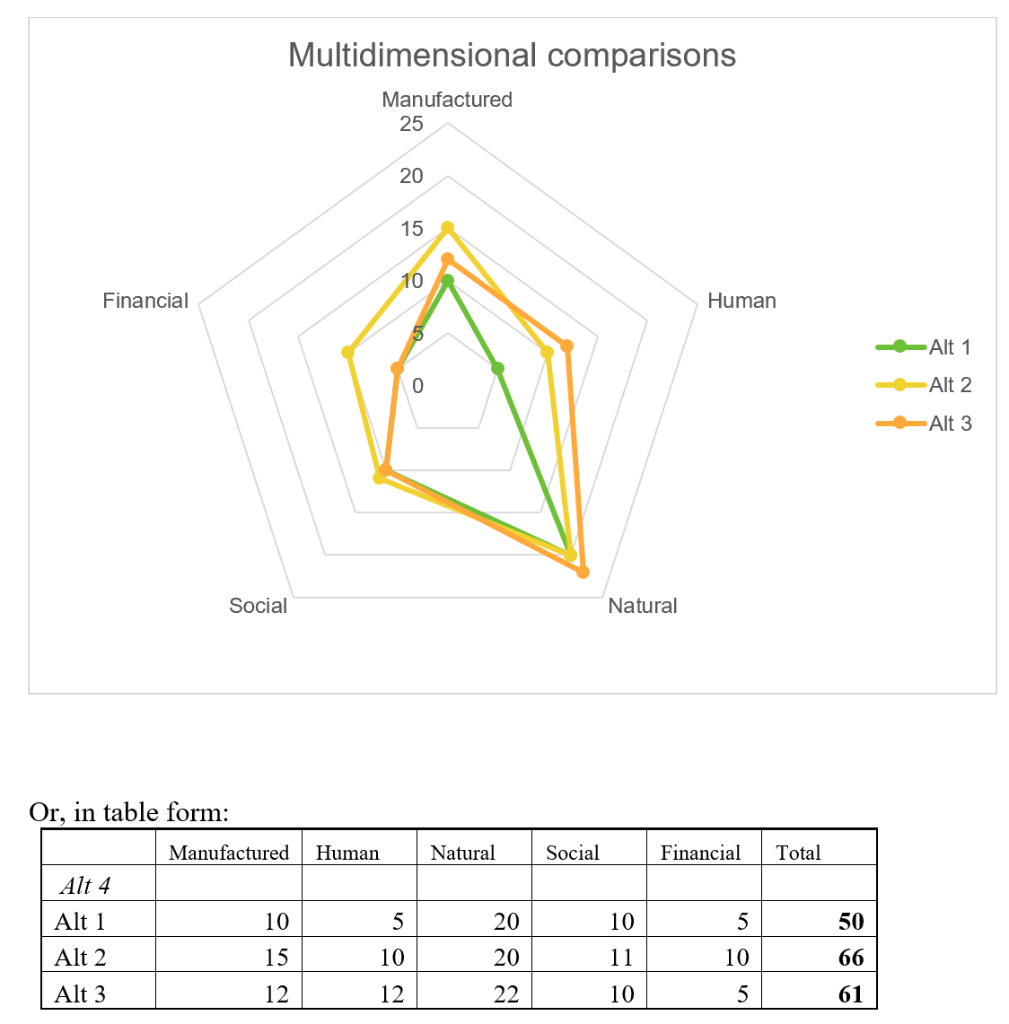Question
Pareto-improvements and potential improvements in several dimensions. Note that a Pareto-comparison principle is a general principle for evaluating outcomes when multiple objectives of importance are
Pareto-improvements and potential improvements in several dimensions. Note that a Pareto-comparison principle is a general principle for evaluating outcomes when multiple objectives of importance are present. In particular, an alternative (resource allocation, result of a policy decision, etc.) is considered to be a Pareto-improvement if at least one of the objectives is improved and no objectives are made worse. For example, if my important objectives are cost and time, and Im considering airfares, and I find alternatives A and B where A costs $300 and requires 2 connecting flights and B costs $290 and requires 1 connecting flight, then B is a Pareto-improvement over A. However, if I B is sold out and now I face alternatives A and C where C costs $275 but requires 3 connections, you can see that neither A nor C are a Pareto-improvement over each other, as getting a lower price/fewer connections means more connections/higher price. This allows to speak of tradeoffs.
If you have followed along, you should notice that discussions of conservation and sustainability always involve multiple objectives and often involve trying to
a) identify obviously preferred alternatives (Pareto-improvements) or avoid obviously bad alternatives (i.e. those against which Pareto-improvements can be identified, akin to route A in its comparison with route B in the example above), and
b) identify a way to combine different dimensions into aggregate indices using various weights given to different dimensions. Those weights clearly relate to how important different dimensions are.
For a highly simplified example:
Consider 5 potentially conflicting objectives (for example, the 5 capitals approach), and consider three alternatives (arrows indicate that we want higher numbers for all objectives):
Please answer the following questions:
(2 points). Which of the 3 alternatives can be removed from consideration regardless of how one values each particular objective? Hint: one may ask, relative to the alternative Im considering, is there a Pareto-improvement available?
(2 points) Now suppose that each of the values across all the dimensions are in the same units (e.g., hundreds of billions of dollars) and those can be aggregated. Which alternative emerges as superior based on aggregate wealth? If reallocation among different kinds of wealth through policy (education, conservation, etc.) is possible, construct an Alternative 4 which would represent a Pareto-improvement, and not just a potential one (fill in those values in the table).
(2 points) For the reallocation of wealth among objectives you identified in (b), it may involve first depleting then rebuilding natural capital. What does the notion of hysteresis (see notes on tipping points) have to do with this kind of reallocation? How might it manifest itself?
A Miltidimnnainnol nomnnrionno Or. in tahle form: A Miltidimnnainnol nomnnrionno Or. in tahle form
Step by Step Solution
There are 3 Steps involved in it
Step: 1

Get Instant Access to Expert-Tailored Solutions
See step-by-step solutions with expert insights and AI powered tools for academic success
Step: 2

Step: 3

Ace Your Homework with AI
Get the answers you need in no time with our AI-driven, step-by-step assistance
Get Started


